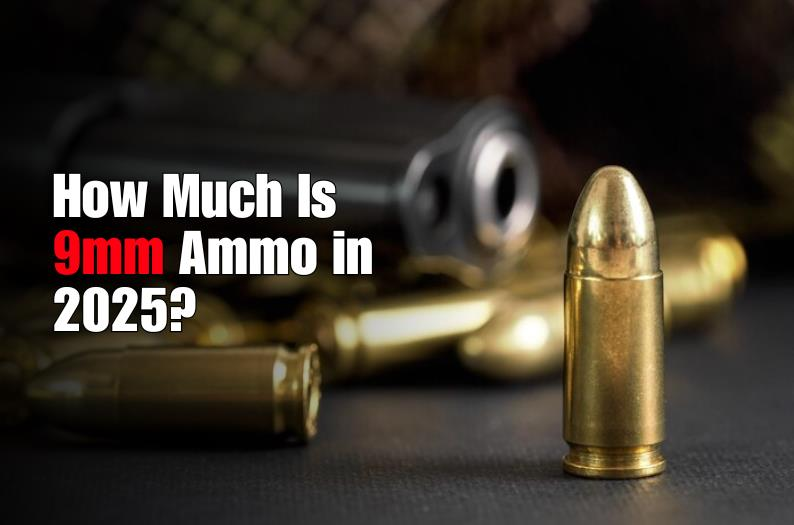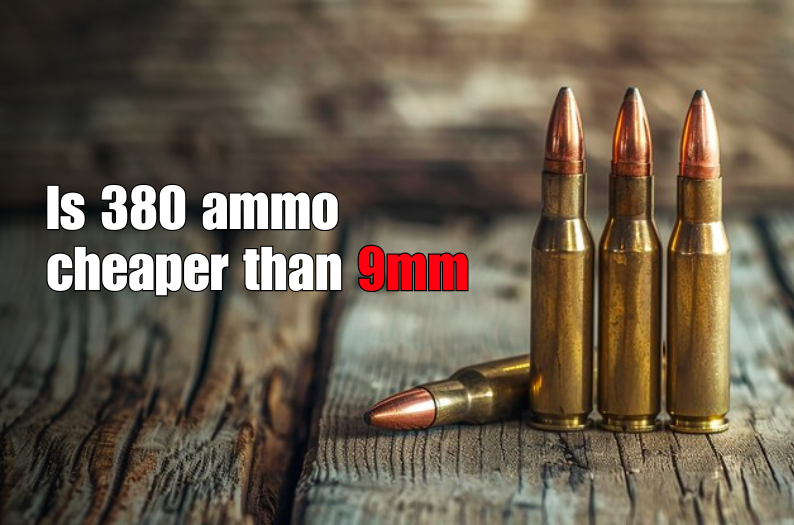Introduction
The development of firearms has had a profound impact on warfare, hunting, and personal defense throughout history. Understanding the origins of guns provides valuable insight into their evolution and how innovations such as hollow point bullets have transformed their effectiveness. This guide explores the origins of firearms, the historical milestones in their development, and how modern advancements have shaped today's firearms landscape.
The Birth of Firearms: The Early Beginnings
The earliest known firearms emerged during the 9th century in China, during the Tang Dynasty. These early firearms were rudimentary and primarily consisted of simple tubes or barrels filled with gunpowder and projectiles.
Gunpowder Invention
Gunpowder, the key ingredient in early firearms, was invented in China around the 9th century. Its discovery is attributed to Taoist alchemists who were seeking an elixir for immortality. Instead, they created a mixture of potassium nitrate, sulfur, and charcoal that would become the foundation for all subsequent firearms.
Early Firearms: The Chinese Hand Cannon
The first recognizable firearms were the Chinese hand cannons, developed during the Song Dynasty (960–1279 AD). These hand cannons were essentially metal tubes filled with gunpowder and projectiles. They lacked the precision and efficiency of modern firearms but represented a significant step forward in military technology.
The Spread of Firearms to the West
Firearms technology began to spread from China to the Middle East and Europe through trade and warfare. By the 13th century, European inventors were adapting Chinese gunpowder weapons to suit their needs.
European Adaptations
In Europe, the development of firearms quickly gained momentum. The first recorded use of firearms in Europe was during the Battle of Crécy in 1346, where early cannons were used. By the late 14th century, firearms had become more sophisticated with the introduction of hand-held weapons such as the arquebus, a precursor to the modern rifle.
The Arquebus and Matchlock Guns
The arquebus, a portable firearm developed in the 15th century, represented a major advancement. It was fired using a matchlock mechanism, which used a burning wick to ignite the gunpowder. This was followed by the development of the wheel lock mechanism in the early 16th century, which allowed for more reliable ignition and was a significant step toward the modern firearm.
The Evolution of Firearms Technology
The Flintlock Era
The flintlock mechanism, introduced in the 17th century, was a major innovation in firearm design. It replaced the matchlock and wheel lock mechanisms with a more reliable and faster ignition system. Flintlock firearms became the standard for military and civilian use throughout the 18th and early 19th centuries.
The Percussion Cap and Breech-Loading Firearms
The invention of the percussion cap in the early 19th century was another significant advancement. This device used a small explosive to ignite the gunpowder, providing a more reliable and quicker ignition system. Breech-loading firearms, which allowed for faster reloading compared to muzzle-loading guns, further enhanced the efficiency and practicality of firearms.
The Rise of Rifled Barrels
Rifled barrels, which featured grooves inside the barrel to spin the bullet and improve accuracy, became popular during the 19th century. The rifled musket, used extensively during the American Civil War, marked a significant leap in firearm accuracy and range.
The 20th Century: The Advent of Modern Firearms
Semi-Automatic and Automatic Firearms
The 20th century saw the introduction of semi-automatic and automatic firearms. Semi-automatic guns, which use the energy of the firing cartridge to cycle the action and load the next round, revolutionized personal and military firearms. Automatic firearms, capable of firing multiple rounds with a single pull of the trigger, became a staple in modern warfare.
The Development of Hollow Point Bullets
One of the key advancements in ammunition during the 20th century was the development of hollow point bullets. Designed to expand upon impact, hollow point bullets are known for their stopping power and effectiveness in self-defense scenarios. Their design increases the bullet's surface area, creating larger wound channels and maximizing energy transfer to the target.
Modern Innovations in Firearms
Advancements in Materials and Design
Today’s firearms benefit from advanced materials and design innovations. Modern firearms are often made from lightweight alloys and polymer materials, improving durability and reducing weight. Innovations such as modular designs and advanced optics have further enhanced the performance and versatility of contemporary firearms.
Smart Technology and Firearm Safety
Recent developments include smart technology integrated into firearms, such as biometric safeties and electronic firing mechanisms. These advancements aim to improve safety and ensure that firearms are used responsibly.
High-Performance Ammunition
Modern ammunition continues to evolve, with high-performance options such as polymer-tipped bullets and enhanced hollow point designs providing superior accuracy and stopping power. These advancements reflect ongoing research and development aimed at improving firearm effectiveness and user experience.
Anecdotes and Historical Context
The Impact of the Revolver
One of the most influential firearms in history is the revolver, invented by Samuel Colt in the 19th century. The Colt revolver's design, featuring a rotating cylinder that could hold multiple rounds, revolutionized personal defense and law enforcement. Its innovative design set the standard for future revolver models and remains a popular choice among collectors and enthusiasts.
The Evolution of the AR-15
The AR-15 rifle, designed by Eugene Stoner in the 1950s, represents another significant advancement. Originally developed for military use, the AR-15's versatility and modular design have made it a popular choice for civilian use and law enforcement. Its widespread adoption reflects the ongoing evolution of firearm technology and its impact on modern shooting practices.
Conclusion
The history of firearms is a testament to human ingenuity and technological advancement. From the earliest hand cannons to the sophisticated firearms of today, the evolution of guns reflects a continuous quest for improvement in performance, reliability, and safety. Modern innovations, including hollow point bullets, have further enhanced the effectiveness of firearms for various applications.
Shop now and experience the difference!
Explore the latest advancements in ammunition and firearms at our website. Discover the superior performance of our high-quality hollow point bullets and other ammunition options. Equip yourself with the best and ensure you have the right gear for any situation.
- #AR-15 history
- #automatic firearms
- #Chinese hand cannon
- #Colt revolver impact
- #early firearms
- #evolution of guns
- #firearm technology advancements
- #first gun invention
- #flintlock firearms
- #gun development history
- #gunpowder invention
- #high-performance bullets
- #historical firearm innovations
- #history of firearms
- #hollow point ammo effectiveness
- #hollow point bullets history
- #modern ammunition
- #percussion cap firearms
- #rifled barrel guns
- #semi-automatic firearms










